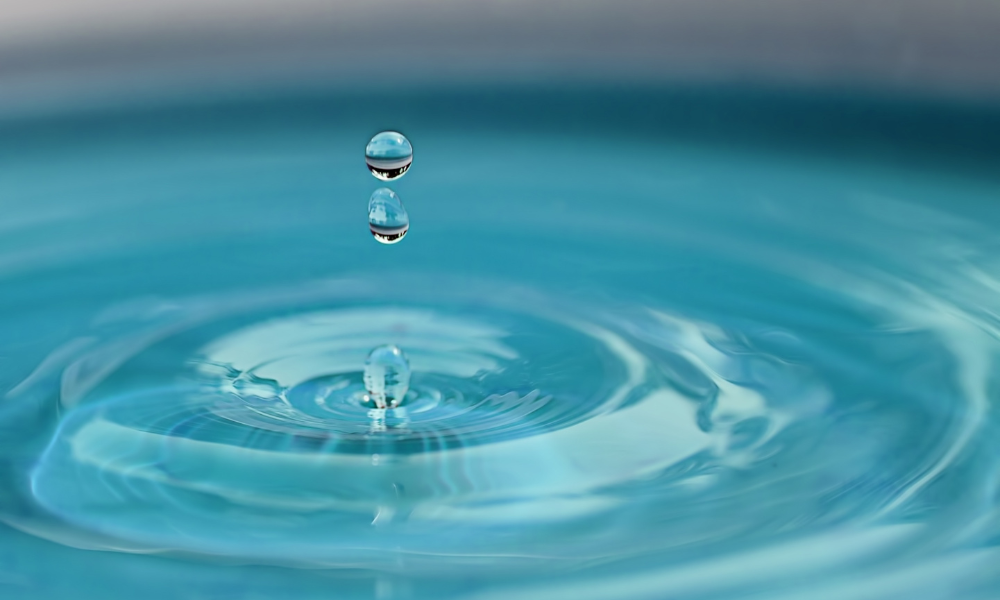
From Ancient Wells to Modern Labs: A History of Water Testing
Water is fundamental to life, but the methods we use to ensure its safety have evolved dramatically over time. The history of water testing is a reflection of humanity's increasing awareness of public health, technological capabilities, and environmental concerns. From ancient empirical purification practices to today’s advanced laboratory analyses, water testing has transitioned from a reactive activity to a proactive science-driven process.
This article provides a theoretical exploration of the historical development of water testing, focusing on the key periods, technologies, and conceptual frameworks that have shaped our understanding of water safety.
1. Early Civilizations and Empirical Water Purification
Long before the development of scientific instruments, early civilizations recognized the importance of clean water for survival. Although they lacked an understanding of bacteria, viruses, or chemical contaminants, ancient societies used empirical observation and trial-and-error methods to improve water quality.
1.1 Ancient Mesopotamia and Indus Valley
In the Indus Valley (c. 3300–1300 BCE), archaeological evidence shows complex water infrastructure, including covered drains, wells, and water reservoirs. These early systems reflect an awareness of the importance of water hygiene, even if not grounded in scientific theory.
Mesopotamians used clay jars and sand filtration techniques, while early urban planning separated drinking water from sewage—a rudimentary but effective form of contamination control.
1.2 Egyptian and Indian Traditions
Ancient Egyptians (c. 1500 BCE) used alum (potassium aluminum sulfate) to clarify water by coagulating impurities. Texts from ancient India such as the Sushruta Samhita and Charaka Samhita describe water purification methods, including boiling, sunlight exposure, and filtration through sand or cloth.
These practices, while lacking scientific basis, represent a foundational stage in the development of water treatment and risk management.
2. Philosophical and Observational Approaches in Classical Antiquity
In ancient Greece and Rome, philosophers and physicians began to theorize the relationship between water and health.
2.1 Hippocratic Thought
The Greek physician Hippocrates (c. 460–370 BCE) emphasized the importance of clean water in his writings. He designed the Hippocratic sleeve, a cloth filter to remove sediments from water, suggesting that water clarity was linked to health.
Hippocratic medical theory associated illness with environmental factors, including air and water—a precursor to modern environmental health science.
3. The Scientific Revolution and Birth of Microbiological Understanding
The Scientific Revolution (16th–18th century) marked the transition from observational to experimental methods in natural sciences. Water testing began to align with emerging principles in microbiology, chemistry, and epidemiology.
3.1 Discovery of Microorganisms
In the 1670s, Antonie van Leeuwenhoek, using a single-lens microscope of his own design, discovered “animalcules” (microorganisms) in water droplets. This discovery was crucial—it revealed that seemingly clear water could contain unseen life capable of influencing health.
3.2 Epidemiology and Waterborne Disease
The 19th century witnessed a dramatic shift in understanding waterborne diseases. The 1854 cholera outbreak in London, investigated by Dr. John Snow, revealed that cholera was linked to a contaminated water pump on Broad Street. Snow’s mapping and statistical analysis are considered the birth of modern epidemiology.
4. Institutionalization and Chemical Testing in the Industrial Era
The Industrial Revolution introduced widespread urbanization, pollution, and new contaminants. The response was the institutionalization of public health systems and the formalization of water quality standards.
4.1 Introduction of Chlorination and Filtration
In the early 20th century, cities began using sand filtration and chlorination to disinfect water. In 1908, Jersey City became the first U.S. city to implement continuous water chlorination, reducing typhoid and cholera cases.
4.2 Emergence of Analytical Chemistry
Scientific advances enabled water testing for:
- Heavy metals (e.g., lead, arsenic)
- Hardness minerals (calcium, magnesium)
- Nitrates and phosphates
- Organic pollutants
These developments introduced quantitative, reproducible testing methods, replacing subjective assessments of water quality.
5. Regulatory Frameworks and Global Standards
5.1 Safe Drinking Water Act (SDWA)
Enacted in 1974 in the United States, the Safe Drinking Water Act mandated routine testing for a broad range of contaminants and established Maximum Contaminant Levels (MCLs). Utilities were required to notify the public if water failed safety standards.
5.2 World Health Organization Guidelines
The WHO developed global benchmarks for drinking water quality, promoting equitable access and encouraging developing countries to adopt testing programs.
6. Contemporary Water Testing Technologies
6.1 Key Testing Categories
- Microbiological Testing: e.g., detection of E. coli, coliforms, Legionella
- Chemical Testing: e.g., lead, arsenic, pesticides, PFAS
- Physical Parameters: pH, turbidity, temperature, dissolved oxygen
- Biological Monitoring: Bioassays and environmental indicators
6.2 Role of Technology
Modern techniques include:
- Gas Chromatography-Mass Spectrometry (GC-MS)
- High-Performance Liquid Chromatography (HPLC)
- Spectrophotometry
- Polymerase Chain Reaction (PCR) for microbial DNA
These methods provide high accuracy, low detection limits, and rapid turnaround.
7. Theoretical Frameworks for Understanding Water Testing Evolution
7.1 Public Health Theory
Water testing evolved as a response to disease outbreaks, driven by the need to reduce mortality and improve sanitation in urban environments.
7.2 Technological Determinism
This theory suggests that available technologies (e.g., microscopes, sensors, chemistry tools) fundamentally shaped the methods and priorities of water testing.
8. Conclusion
From ancient wells filtered through cloth to molecular-level analysis in modern labs, the evolution of water testing represents a dynamic interplay between necessity, discovery, and innovation. Each phase in history has been shaped by the tools available, the scientific understanding of the time, and the public's demand for safe water.

